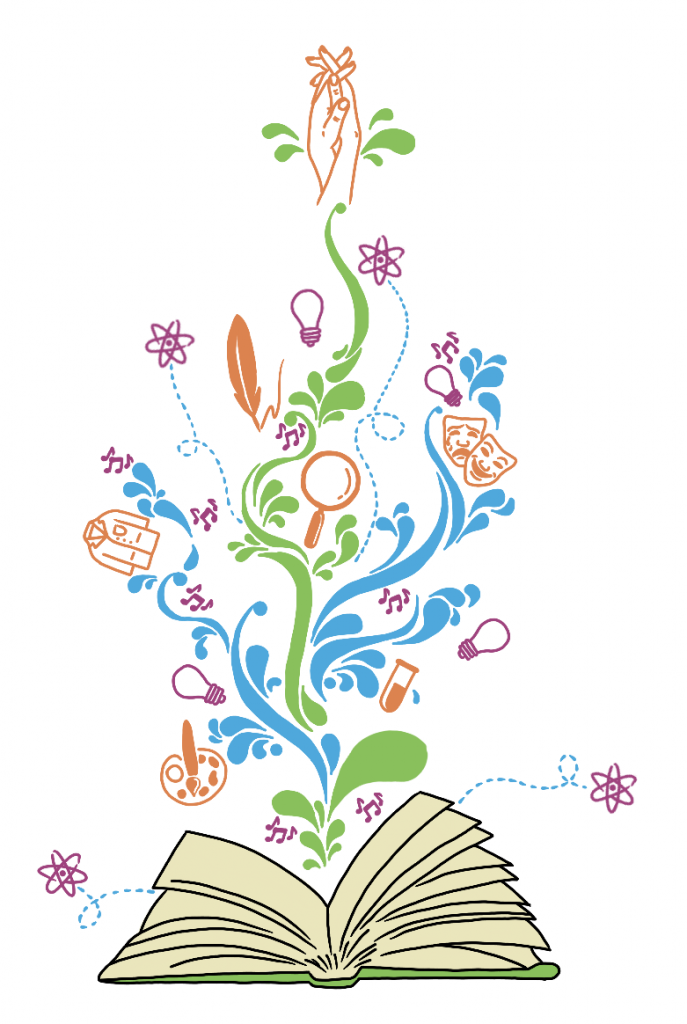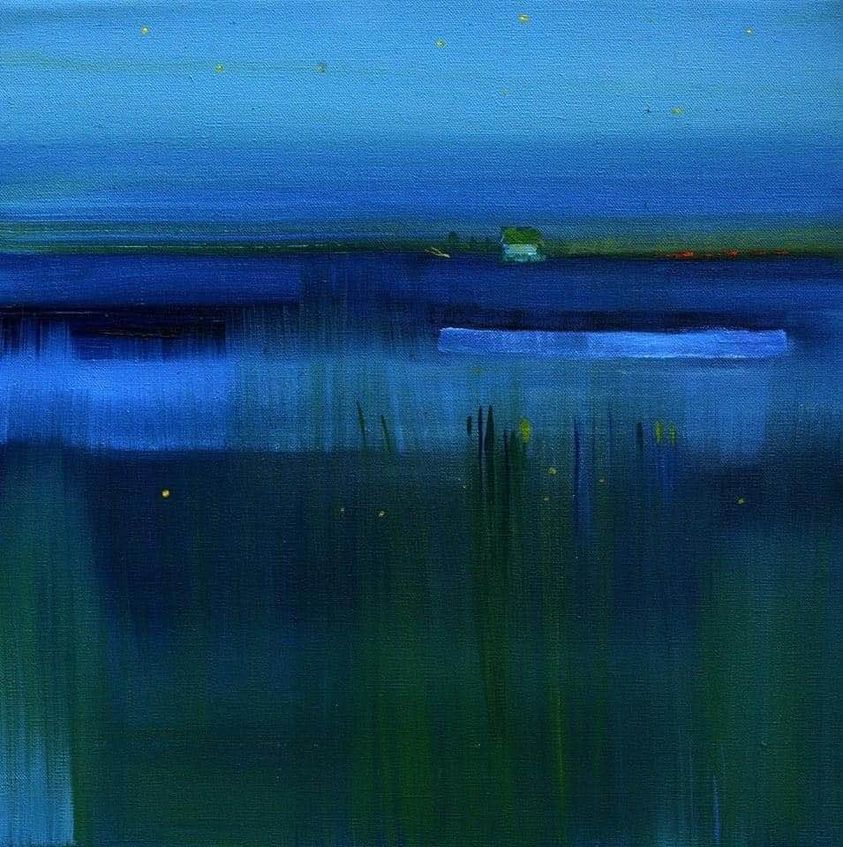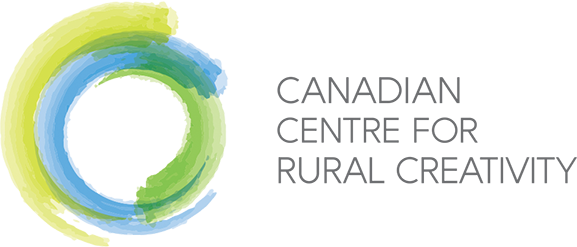
THE CURIOUSITY COLLECTIVE brings the worlds of art, science and community together. The artist, the scientist and community activist/leader work alongside the community – and over meals, visits at kitchen tables, and the telling of stories, discover what real community concerns emerge. Then collectively, collaboratively, they all work together on creative solutions using artistic and scientific practise, and the wisdom of local knowledge, to bring about postive change.
HISTORY OF THE CURIOSITY COLLECTIVE. It got its start at R2R20 where we brought 5 social scientists from 4 continents into contact with 4 Canadian artists who interpreted their rural research through an artistic lens. The project has continued to evolve with the aim of bringing artists, scientists and people from rural community together to explore the unique challenges in our rapidly changing 21st century.
CONTEXT: PART 1 – Scientist and Researcher Juna Kollmeier has recently been named head of the University of Toronto’s Canadian Institute for Theoretical Astrophysics. In a recent interview she said this: One of things that I’m very excited about is coming to a place where postdoctoral scholars in particular come to get their last stage of training. That process involves a lot of learning – learning new methods and techniques, learning from your peers, learning from people who have done it before and who are guiding these young people to take on new questions. I think it’s really important to liberate people’s creativity and their curiousity. Our mission is to advance the frontier of human knowledge but there’s no point doing that if we’re not bringing everyone on the journey with us.
CONTEXT: Part 2- Dr. Emmanuelle Charpentier, one of the scientists who worked with Jennifer Doudna on an RNA study that has changed the direction of many aspects of science, is someone who studied art growing up – ballet, piano. She said this: There are lessons from the arts, she discovered, that apply to science. “Methodology is important in both,” she said, “you also must know the basics and master the methods. That requires persistence. Repeating experiments and repeating them again, perfecting how to prepare the DNA when you clone a gene, and then doing it over and over again. It’s part of the training, just like the hard work of a ballet dancer, repeating all day long the same moves and methods.” Also, like the arts, once a scientist masters the basic routine, she has to combine it with creativity. “You have to be rigorous and disciplined,” she said. “But also know when to let yourself loose and blend in a creative approach. I found in biological research the right combination of persistence and creativity.” (Code Breaker by Walter Isaacson, pg. 121)

Exploration is done because we don’t know. Rehearsal, persistence, are tools to keep us steady as we travel into the unlit areas. As I continue to quest in this idea of continuing the work of R2R20 bringing artists and scientists together – and now with members of rural communities in the mix – there is an opportunity to bring in younger and younger participants. As Juna Lollmmeier suggests, … there’s no point in doing it if we’re not bringing everyone on the journey with us. A thought from this is when we establish a team to explore a rural issue – that we do a value add and work with elders and students from schools in the area – wherever the work is going on. That the scientists and artists and community folk build an environment that includes them all – to bring them along on the journey.
After all a good idea can come from anywhere. It could be in a workshop, or a session on creativity, perhaps a walk at night along a trail to behold the heavens, a large supper gathering, etc. And to follow on with what Emmanuelle Charpentier in saying, once a scientist masters the basic routine, she has to combine it with creativity. In way of introducing team members – what if each one brings along an exercise that can be taught to the others? That each project begins in creativity, in play. We learn from each other first – who we are, what makes us get up in the morning – then after that rock has hit the water, an understanding is established (perhaps empathy) the ripples going out a metaphor for the research that follows. Again this can happen in workshop, a session, a walk at night to behold the sky, a meal of local fare, etc. Any who read this please offer your thoughts so we can continue to build the idea toward action.
To restore any place, we must also begin to re-story it, to make it the lesson of our
legends, festivals, and seasonal rites. Story is the way we encode deep-seated values
within our culture. Ritual is the way we enact them. We must ritually plant the
cottonwood and willow poles in winter in order to share the sounds of the vermillion
flycatcher during the rites of spring. By replenishing the land with our stories, we let the
wild voices around us guide the restoration we do. The stories will outlast us
Gary Paul Nabhan, Cultures of Habitat, 1997
